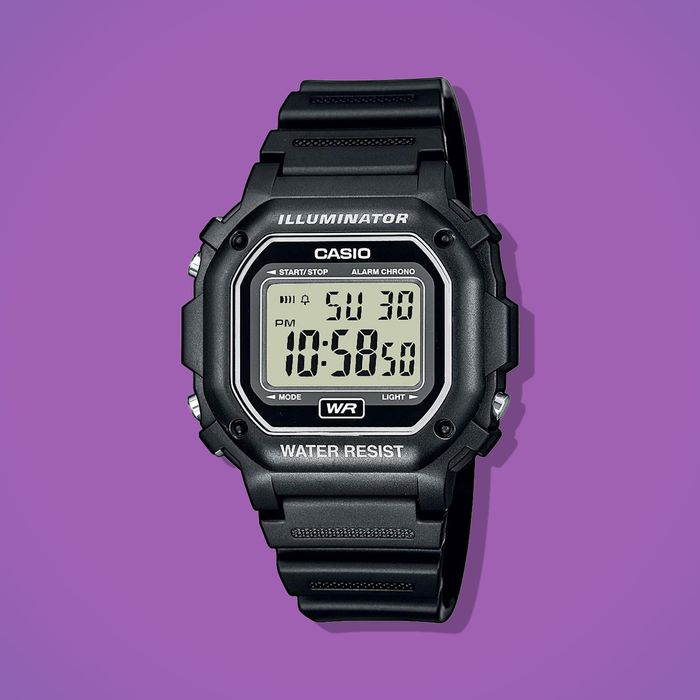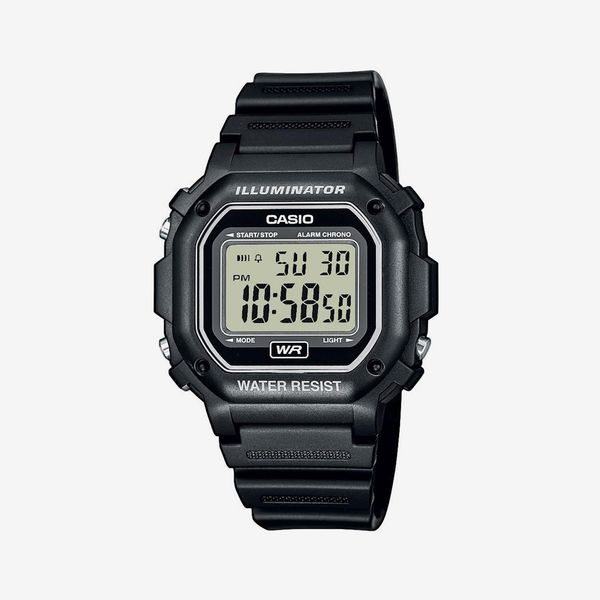
Like many city dwellers (and travelers in general), I have never found the process of getting from point A to B more fraught than during the pandemic. While I’ve dialed back my reliance on previous lifelines — rideshare apps, the subway, buses — to help minimize the spread of COVID-19, as the weather got warmer, I realized that walking for more than an hour in 90-degree heat isn’t exactly the smartest (or most productive) way to get around. So, like lots of others (including some Strategist colleagues), I took up cycling to get me to grocery stores and picnics and out of my dark, roommate-filled railroad apartment in general.
Lacking storage space in said roommate-filled apartment, and unsure if I’d ever ride enough to make the cost of buying a bike worth it, I chose to use the ones offered by the quasi-public Citi Bike system. At $3 a ride for 30 minutes, it seemed like a pretty great solution — except for the fact that those fees can rise quickly if you don’t return a bike within that window. (After a terrifying debacle in which the company accused me of losing a bike and threatened me with a $1,200 charge, I became hyperaware of how what seems like a paltry $3 could balloon and how serious the company is about collecting.) But keeping track of time while cycling, I soon learned, isn’t the easiest thing. It’s unsafe to just pull out your phone, and even if you’re willing to risk wearing a nice watch, telling the time with analog hands takes a beat too long when navigating cars, turns, and other cyclists. To be able to ensure that I rode within my time limit, I needed a watch that was digital (to communicate the time quickly and clearly) and durable (I’m still a newish rider after all).
In my last job, at a travel magazine, I edited a column written by a watch expert. He once wrote that while he loved fancy brands as much as the next horologist, for exercise or sport, there is nothing better than a cheap Casio. Inspired by his take, I went to look for a Casio with a particularly large, legible face, and landed on the Digital Illuminator Sport Watch. At less than $20, it seemed just what I was looking for — and cheap enough not to care if it wasn’t. After wearing it for a few weeks, I can confirm that it is: The display is super-easy to read with just a glance, and it’s almost-all-resin body makes it light enough that it never slides around my wrist but durable enough to withstand any bumps, not to mention waterproof (so exposure to rain or sweat is of little concern).
But here’s the thing: While I bought the watch as a timekeeping tool for my bike rides, I’ve quickly come to appreciate it for far more. Biking gear isn’t ever exactly stylish, but when I wore my Casio to a meal with another Watch Guy, he mistook it for the brand’s far more covetable and expensive G-Shock Classic Core Watch, which earned me his respect (and my watch more of my own). This credibility led me to wear it more off of my bike, and, in doing so, I’ve noticed it really does go with everything, or at least everything in my quarantine wardrobe. And among its nifty practical features is an alarm that I’ve started to use so I can sleep with my phone further from my bed. Which means it hasn’t only kept me from dangerously looking at my screen while riding a bike but also from dangerously scrolling through my Twitter feed all night long.
The Strategist is designed to surface the most useful, expert recommendations for things to buy across the vast e-commerce landscape. Some of our latest conquests include the best acne treatments, rolling luggage, pillows for side sleepers, natural anxiety remedies, and bath towels. We update links when possible, but note that deals can expire and all prices are subject to change.
The Link LonkAugust 05, 2020 at 06:12AM
https://ift.tt/3gHxUG9
My $15 Casio Keeps Me Safe on a Bike (and From My Twitter Feed) - New York Magazine
https://ift.tt/2ZiaWxC
Casio

:no_upscale()/cdn.vox-cdn.com/uploads/chorus_asset/file/22689672/lil_baby_drake_rolex.jpg)
No comments:
Post a Comment